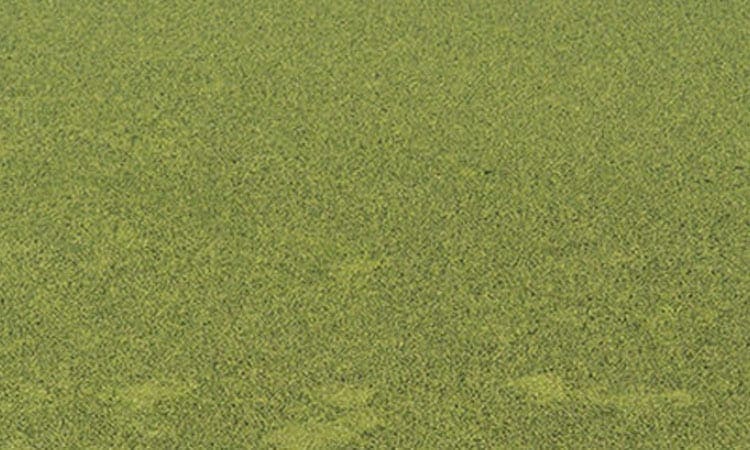Is duckweed taking over your pond? This tiny aquatic plant, while seemingly harmless, can quickly multiply and blanket the water surface, blocking sunlight and altering the ecosystem beneath. But don’t worry, there are natural and eco-friendly solutions for duckweed control that can restore the health and beauty of your pond.
What Is Duckweed
Duckweed, the world’s smallest flowering plant, is a fast-growing, free-floating aquatic perennial that thrives in still or slow-moving bodies of water. While it can serve as a food source for waterfowl and fish, unchecked growth can lead to serious problems, including reduced oxygen levels, blocked sunlight, and an unbalanced ecosystem.
Non-Chemical Duckweed Control Methods
- Shading: Duckweed thrives in sunlight. By adding a shade to your pond, you can limit the amount of light reaching the water, thereby inhibiting duckweed growth. This can be achieved by using a pond dye or by strategically placing plants and trees or structures to cast shadows over the water.
- Biological Control with Fish: Certain fish species, such as sterile grass carp and koi, are known to feed on duckweed. Introducing these fish into your pond can help control the duckweed population. However, it’s important to check local regulations before introducing non-native species into your pond.
- Maintaining a Balanced Ecosystem: A healthy pond ecosystem can naturally keep duckweed in check. This involves promoting the growth of beneficial bacteria, maintaining a balanced fish population, and regularly removing excess nutrients and organic matter that can fuel duckweed growth.
- Physical Removal: While labor-intensive, physically removing duckweed can be an effective short-term solution. This can be done using a pond skimmer such as The DeSkuzzer 3.0 (duckweed is the main reason we created it!). Regular removal can help keep the population under control.
Preventing Duckweed Infestation
Prevention is always better than cure. To prevent a duckweed infestation:
- Regularly monitor your pond for early signs of duckweed.
- Maintain a healthy, balanced ecosystem in your pond.
- Limit the use of fertilizers near your pond to reduce nutrient runoff.
While duckweed can be a nuisance, remember that it’s a natural part of many aquatic ecosystems. The key is to maintain balance. With these natural and eco-friendly duckweed control methods, you can keep your pond healthy, vibrant, and duckweed-free. Remember, every pond is unique, so you may need to experiment with different methods to find what works best for your situation. Happy pond keeping!

